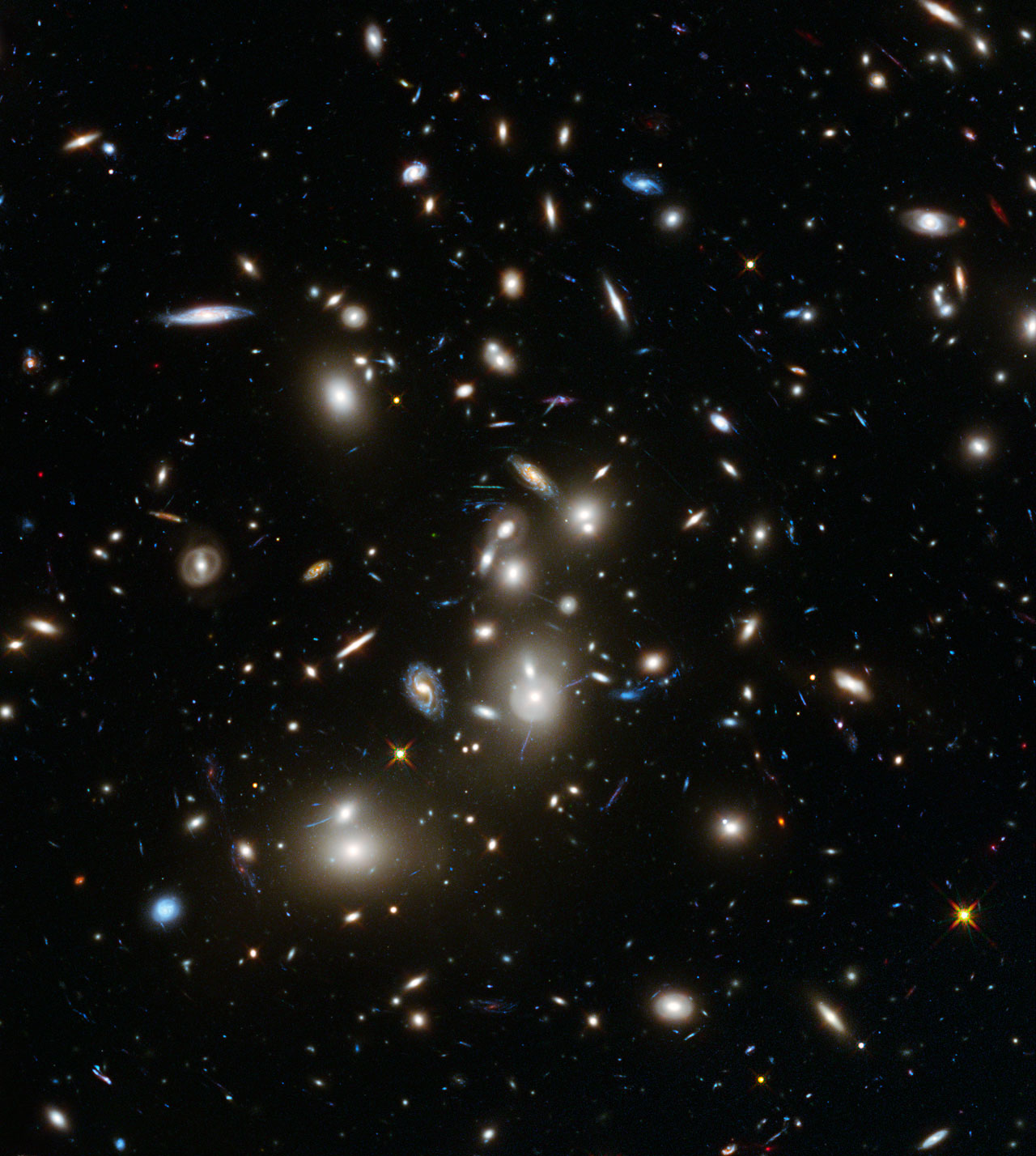Metric System Usage
Monday Map
Countries That Do Not Use The Metric System
Source: Wikimedia Commons
As a proud American, I join with my countrymen as I dig my heels in, fold my arms and say, “I am not budging one inch.”
Okay, while I might budge an inch in some instances, I will certainly not budge a centimeter. I do not even know what a centimeter is. I mean, I know it is a unit of measurement and that 10 centimeters is a decimeter and that 100 of them is a meter (or a metre, as those perplexing foreigners insist on putting it.) But how long is that? Don’t ask me; I am an American.
I can instantly project my thought out exactly one mile. I can picture the distance and multiply it so that I have confidence in just how far away from my present position is a point 3 miles off, or 5 miles.
I haven’t played football in maybe 20 years and much longer when it comes to suiting up in pads. But if it were Second Down and 4 yards to go, I know exactly where I would have to make the cut on my passing route if I am to catch the ball beyond the First Down marker.
But how long is 4 meters? I have not a clue.
I have always taken quiet satisfaction that a kilometer was not quite as long as (and therefore wimpier) than a good old mile. So I am a bit miffed when reminded that a meter is actually longer than a yard. The very idea!
But it is okay; this time next week I will no longer remember that. Why would I?
Like all right-thinking people, such as we Americans, along with Liberians and those staunch defenders of traditional values living in the Republic of the Union of Myanmar, no effort to brainwash us with logical Base 10 measurements can penetrate, let alone sink in. None of this newfangled metric nonsense for us. No sirree bob.
The metric system got its start in the French Revolution, perpetrated by that mob of malcontents who were inspired by long-haired radicals with names like George Washington, John Adams, and Benjamin Franklin. Apparently the French had been using all sorts of measurement systems, many not all that easy to translate into others. So in 1799, these proto-terrorists scrapped the whole shebang and forced their single system on the people.
The English, on the other hand, already had one set of measurements for the entire realm, which for some reason is perfectly all right. And the English handed that system down to us, their more highly-evolved cousins, before it was too late.
Unlike the ludicrous metric system, where the meter is a Base 10 fraction of the circumference of the earth, and the liter is based upon the weight of water at its melting point, and with centigrade temperatures based on the freezing and boiling points of water, our superior system is based on things that actually make sense.
The mile, as everyone knows, is 8 furlongs in length, a furlong being 1/24 of a league. A furlong, sensibly enough, is the length of one furrow of plowed earth in a typical English field, or 40 rods. The fact no one could quite agree on the length of a rod, let alone the cupids making up a rod, or that the length of a field varies from place to place, is beside the point.
And when it comes to temperature, in 1724 Mr. Fahrenheit stuck a mercury thermometer into some icy saltwater and decided that was 0, and then he stuck one into a human armpit and decided that was 96, which was later refined to 98.6. See? Isn’t that so much better than having water freeze at 0 and boil at 100?
The metric system was officially recognized for use in the USA in 1866. It was refined and revised for the international community in 1960. Concerted efforts were made in the 1970s to indoctrinate the youth of America so that they would be ready for full conversion by the turn of the century. And while various Poindexters may have picked up some metric-savvy skills in Science class, the conversion rate of us true Americans has come nowhere near estimates.
Not by a mile.
And that is one man’s word on…


